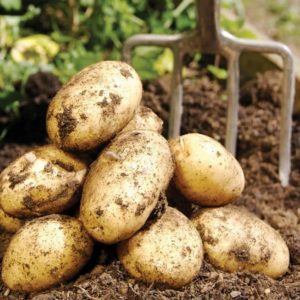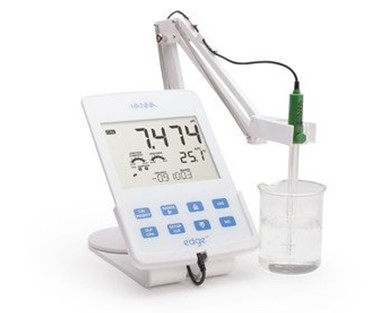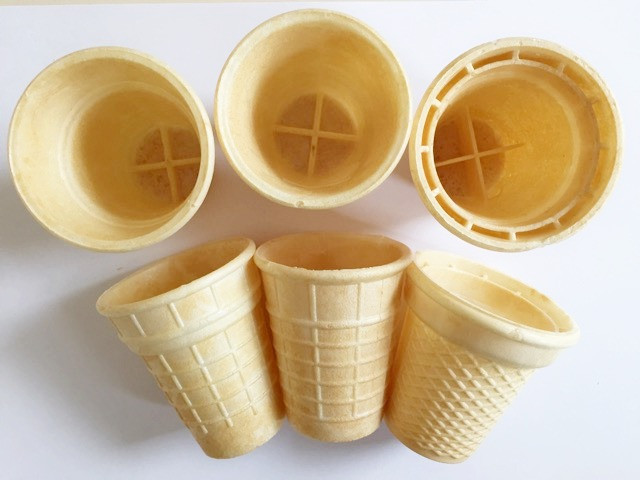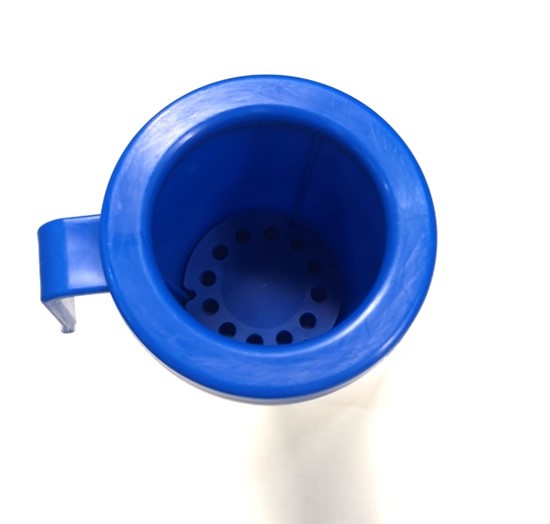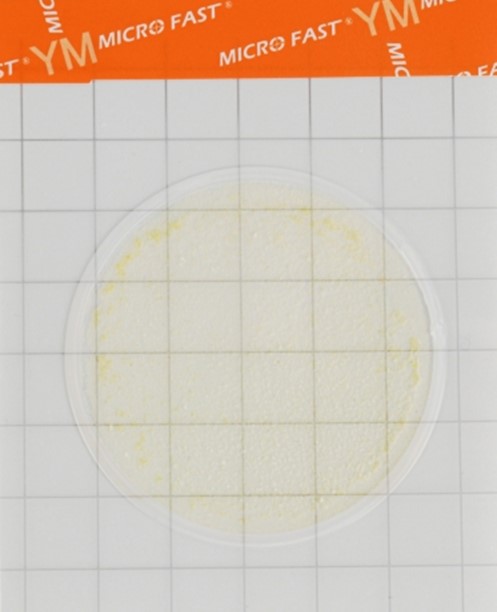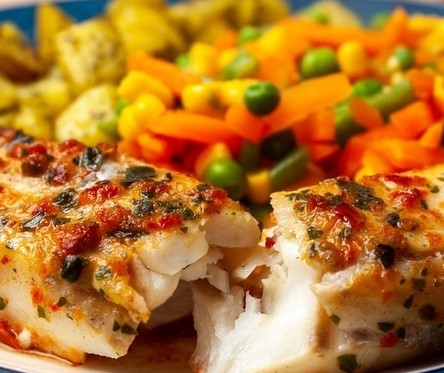"Okroshka index" grew by 3% over the year, online - by 20%
Comparison for May 1–14, 2023/2022, average bill, RF:
Potatoes 1 kg - 43 rubles, 33% lower than last year Kvass 1 liter - 71 rubles, 6% higher than last year Boiled sausage 300 g - 227 rubles, 1% higher than in last year Green onions (bunch) - 62 rubles, 5% higher than last year Cucumbers 1 kg - 191 rubles, 25% higher than last year Radishes 300 g - 77 rubles, 28% higher than last year Sour cream 250 g - 77 rubles, 1% higher than last year Dill (bunch) - 38 rubles, 21% lower than last year Eggs (ten) - 112 rubles , by 7% lower than last yearThe average bill for the purchase of such a set of goods for kvass okroshka in the first half of May amounted to 898 rubles, 3% higher than last year. At the same time, the online “okroshka index” is 1,121 rubles, 20% higher than last year.
The experts also analyzed the cost of a set of ingredients for kvass okroshka based on the traditional “Soviet” recipe (calculated for four servings of soup): radishes (300 g), potatoes (400 g), eggs (5 pieces), cucumbers (300 g ) , sausage boiled (300 g), sour cream (100 g), kvass (1 l), onions and dill, one bunch of each), - the average amount of spending on kvass okroshka was 683 rubles. This is 2.5% higher than last year.
In Moscow, a set of ingredients for okroshka according to the traditional recipe costs 833 rubles. (6% higher than last year). In public catering establishments (on average throughout RUSSIA), 144 rubles were spent on a serving of okroshka in the first half of May 2022, which is 10% higher than last year at the same time. At the same time, the volume of sales in kind (in units) of this dish in cafes and restaurants increased by 12% over the year (May was colder last year).
The experts of the Chek Index of the OFD Platform company noted that a slight increase in the okroshka index year-on-year is associated with a noticeable decrease in consumer spending on potatoes, dill and eggs. Only cucumbers and radishes made an "increasing" contribution to the price set.
Taken together, the May okroshka index testifies to the continuation of the price stabilization trend in the food sector and the preservation of the savings consumption model by the population. The amount of spending at levels close to last year is associated, among other things, with the expansion of more affordable supply on store shelves as a result of the development of retailers' own brands, the growth in the share of discounters, and the growing competition of the domestic assortment in the field of food products.

